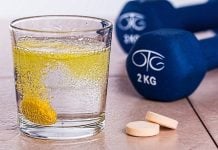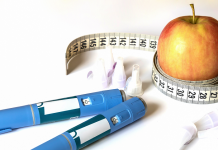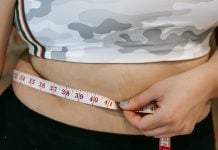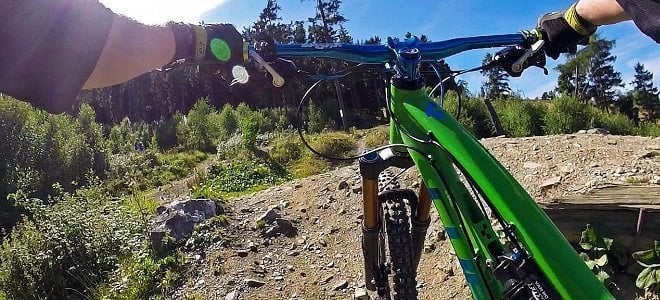
The Cycling Nutrition Breakdown
Going for a serious ride or are you a serious rider that competes regularly? Either way, you need to be properly fueled to perform your best! That’s where this article comes in to give you the low down on cycling nutrition 101!
We take a look at cycling nutrition
You’ve probably heard about people “carbo-loading” before a big event. I often hear of people eating big pasta dinners the night before a big ride. On the morning of an event, some eat large bowls of oatmeal, while others seem to hardly eat at all. A “Gu” packet label recommends taking energy gels 45 minutes prior to your ride.
With all sorts of supplements, techniques, and wives’ tales, what’s the best eating practice for your training and for your events?
First off, everyone is different, every event is different and it’s rare to get it right every time, but planning and practice will get you close.
There are three things, in my opinion, that should be thought about before riding: what you are eating, how much, and when.
What to eat
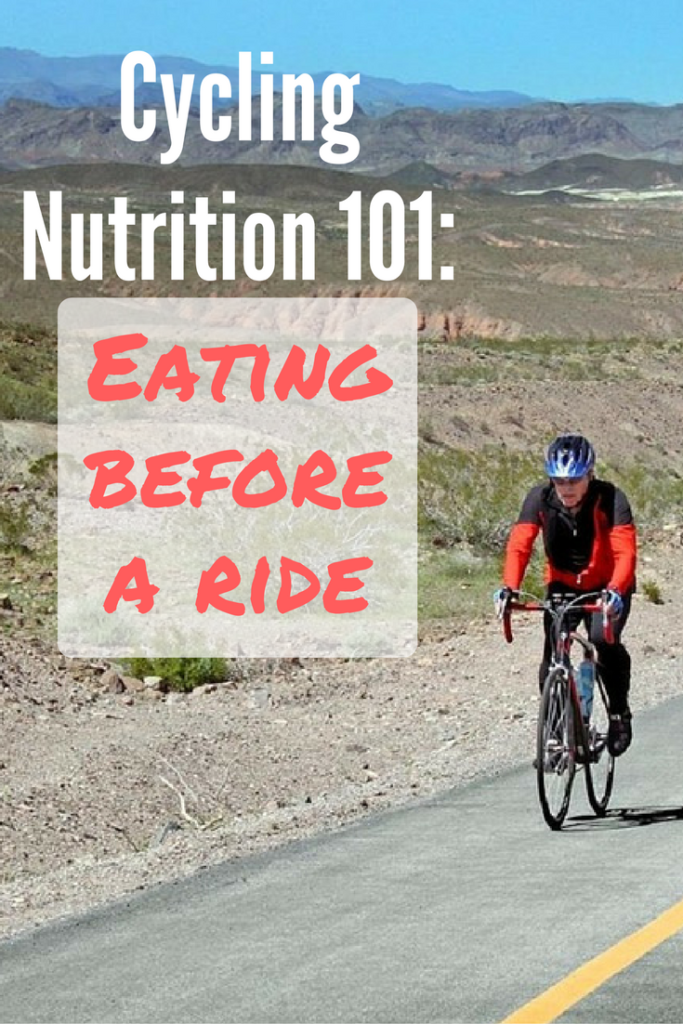 Eating a larger, carb-heavy meal (pasta, rice, bread, grains, potatoes, etc) isn’t a bad idea, but there is no need to go overboard. “Binging” on any type of food isn’t good for you and holds no real value. In fact, it could even be to your digestive detriment. Eat a large, balanced, satisfying meal before a big event.
Eating a larger, carb-heavy meal (pasta, rice, bread, grains, potatoes, etc) isn’t a bad idea, but there is no need to go overboard. “Binging” on any type of food isn’t good for you and holds no real value. In fact, it could even be to your digestive detriment. Eat a large, balanced, satisfying meal before a big event.
To overload, eat to contentment. If you are just headed out for an everyday training ride, eat like you normally do prior to your ride.
As a VERY basic overview, energy can be derived from fats, protein, or carbohydrates, but some are “burned” more slowly or quickly than others. A simple way to think about it is like making a campfire. If you want to get the fire going, you use kindling for quick easy flame, but it burns up quickly (like simple carbs or sugars). Softwoods take a bit more to get going but do burn easily.
They tend to burn a bigger, brighter flame, but don’t last the whole night (these are like complex carbs such as whole grains). Hardwoods take a lot of time to catch flame but can burn a low, steady flame for hours and hours. They don’t blaze but keep the fire going (like fats and proteins).
Leading up to an event, assess what you will be doing. Is it short or long? Is it high intensity or low intensity?
If it’s high intensity or short distance, try eating a combination of complex and simple carbs. If it’s a longer distance or low-intensity event, balance your carbs with more fats and proteins. Whatever you do, on the day of and leading up to an event, reduce your fiber intake.
Try to source your fuel from food with less fiber. Reach for the veggies, fruits, and fiber-heavy foods in your training, but avoid them on event day or your gut may pay the price.
How much to eat
One of the most variable areas is how much you should eat. This will depend on your age, activity level, gender, how efficiently your body uses the food you give it, and the length of the event. This will take a lot of practice to figure out what you need as an individual but start by trying to eat more often.
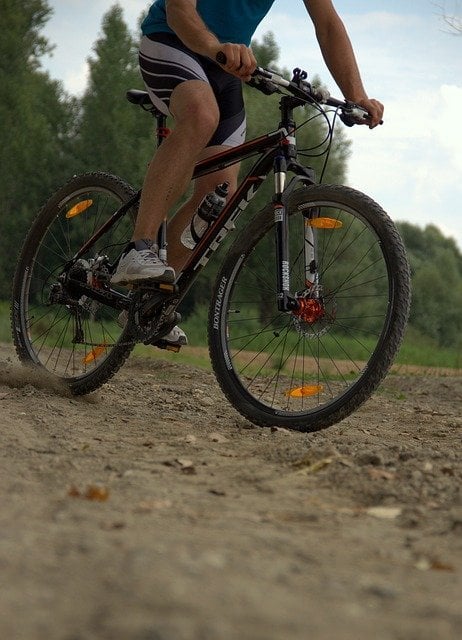 Snack regularly leading up to your event or training as opposed to trying to get in meals just before. Obviously, you need the meals, but big meals just before your ride could cause you trouble with digestion. Instead, eat smaller meals more often and snack often.
Snack regularly leading up to your event or training as opposed to trying to get in meals just before. Obviously, you need the meals, but big meals just before your ride could cause you trouble with digestion. Instead, eat smaller meals more often and snack often.
Timing
There is a delicate balance of how much you eat and what you eat in proximity to when you ride. My rule of thumb is to be done with my meals 2 hours before riding.
Due to this, morning events can be difficult. If I won’t have an opportunity to eat a meal in the morning 2 hours prior to my ride, I will eat a hearty meal the night before, eat light that morning and bring extra food on the ride.
Once into the 2-hour pre-ride window, I make sure I still eat snacks up to 45 minutes before I ride. For me, ½ of a peanut butter and jelly sandwich is my limit. A Clif Bar or another energy bar will also do the trick. Another great option is a banana. Starting an event hungry is not a good idea, but going in overloaded is almost worse.
This will take practice to figure out a system. On shorter rides (1.5 hours or less) you won’t likely need to take food with you if you’ve timed your meals correctly, anything longer will probably require you to bring food to eat no matter what you’ve eaten before.
Wrap-Up
So have you ever thought about what you should be eating before a ride? Well, thanks to our cycling nutrition 101 breakdown now you know how vitally important your pre-cycling nutrition can be.
Get the most out of your rides and leave the competition in the dust!
- Cycling Nutrition 101: Eating before a ride - April 10, 2023
- Cycling and Food: What Cyclists Should Eat - August 5, 2020
- Cycling Computer: Garmin Edge 520 Reviews - May 3, 2016

